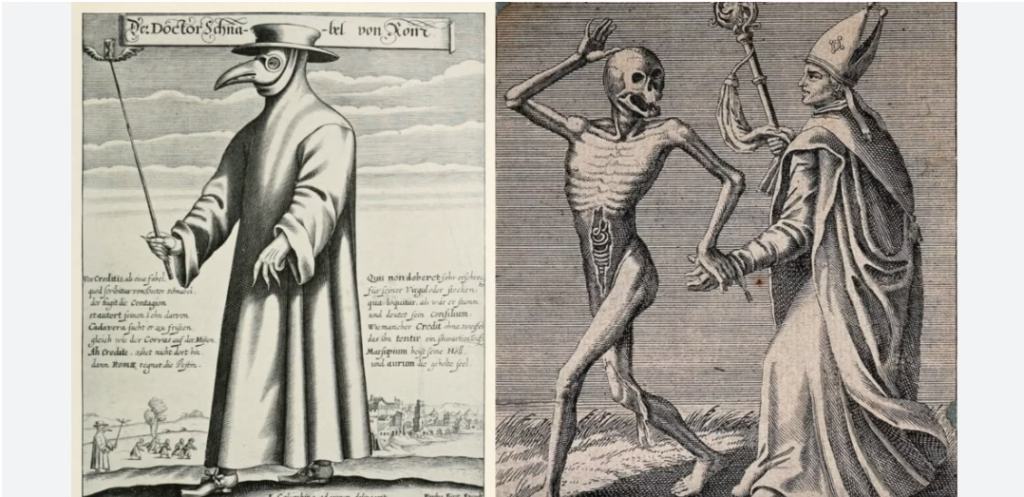Discover the truth behind 10 common myths about the Black Death. Learn how this historic plague shaped the world and why some misconceptions persist today.
Introduction: The Black Death and Its Legacy
The Black Death, one of the most devastating pandemics in human history, wiped out an estimated 30-60% of Europe’s population in the 14th century. Despite its profound impact, many myths and misconceptions about the plague persist. In this article, we’ll debunk 10 common myths about the Black Death and explore the facts behind this historic tragedy.
Myth 1: The Black Death Only Affected Europe
While Europe was hit hardest, the Black Death also ravaged parts of Asia, the Middle East, and North Africa. The plague originated in Central Asia and spread along trade routes, affecting millions worldwide.
Myth 2: Rats Were the Sole Cause of the Plague
Rats and their fleas played a significant role, but they weren’t the only culprits. Human-to-human transmission, poor sanitation, and overcrowded cities also contributed to the rapid spread of the disease.
Myth 3: Everyone Who Got the Plague Died
Contrary to popular belief, not everyone who contracted the plague died. Survival rates varied depending on factors like health, living conditions, and access to care.
Myth 4: The Black Death Was a Single Epidemic
The Black Death wasn’t a one-time event. It occurred in multiple waves over centuries, with outbreaks as recent as the 19th century.
Myth 5: People Knew Nothing About the Disease
While medieval medicine was primitive, people understood some aspects of the plague. They implemented quarantines and hygiene measures, though these were often ineffective.
Myth 6: The Plague Was a Punishment from God
Many believed the plague was divine punishment, but others recognized it as a natural phenomenon. This led to both religious fervor and scientific inquiry.

Myth 7: The Black Death Ended the Middle Ages
The plague didn’t single-handedly end the Middle Ages, but it accelerated social and economic changes, paving the way for the Renaissance.
Myth 8: The Plague Only Affected Poor People
The plague affected people of all social classes, including kings, clergy, and merchants. However, the poor were more vulnerable due to living conditions.
Myth 9: The Black Death Was the Deadliest Pandemic in History
While the Black Death was catastrophic, other pandemics, like the 1918 Influenza, have claimed more lives globally.
Myth 10: The Plague Is Completely Eradicated Today
The plague still exists today, with occasional outbreaks in regions like Africa and the Americas. Modern medicine has made it treatable, but it remains a public health concern.
Conclusion: Learning from History
The Black Death reshaped societies, economies, and cultures. By debunking these myths, we gain a clearer understanding of this historic event and its lessons for modern pandemics.
FAQs About the Black Death
- Q: How did the Black Death spread so quickly?
A: It spread through trade routes, fleas, and human contact in crowded cities. - Q: What were the symptoms of the Black Death?
A: Symptoms included fever, swollen lymph nodes, and blackened skin. - Q: Is the Black Death still a threat today?
A: While rare, the plague still occurs and can be treated with antibiotics.


